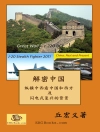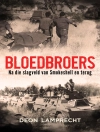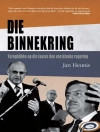The 1918 Spanish flu epidemic is now widely recognized as the most devastating disease outbreak in recorded history. This cultural history reconstructs Spaniards’ experience of the flu and traces the emergence of various competing narratives that arose in response to bacteriology’s failure to explain and contain the disease’s spread.
Daftar Isi
Introduction: Epidemic Genre and Spanish Flu Narratives 1. Mundane Mystery: Framing the Flu in the First Epidemic Wave 2. Borders and Bodies: The Second Wave Begins 3. A Tale of Two States: Between an Epidemic and a Sanitary Spain 4. Figuring (Out) the Epidemic: Don Juan and the Spanish Flu 5. Imagining the Epidemic Nation: Citizens, Characters, and Cartoons Conclusion: A Telling Epidemic, a Storied Nation
Tentang Penulis
Ryan A. Davis is Assistant Professor of Spanish in the Department of Languages, Literatures, and Cultures at Illinois State University, USA. His research on nineteenth- and twentieth-century Spain focuses on the intersection between literary and medical discourses, articulations of national and individual subjectivity, and, more recently, ‘fringe’ discourses like hypnotism. His published work has appeared in the Journal of Spanish Cultural Studies, Revista de Estudios Hispánicos, Decimonónica, and Ometeca. He is the co-editor of The Spanish Influenza Pandemic of 1918–1919: Emerging Perspectives from the Iberian Peninsula and the Americas (forthcoming).












